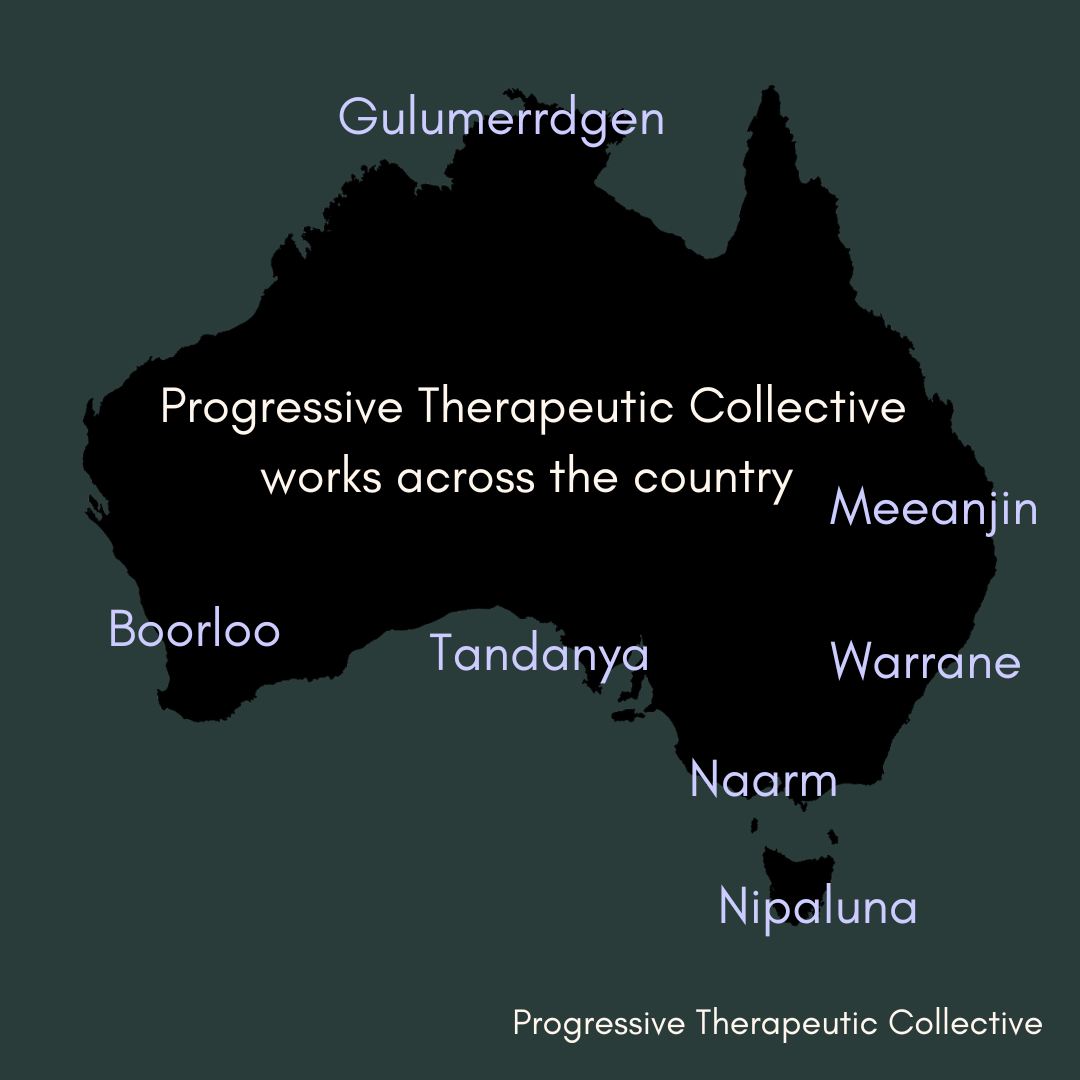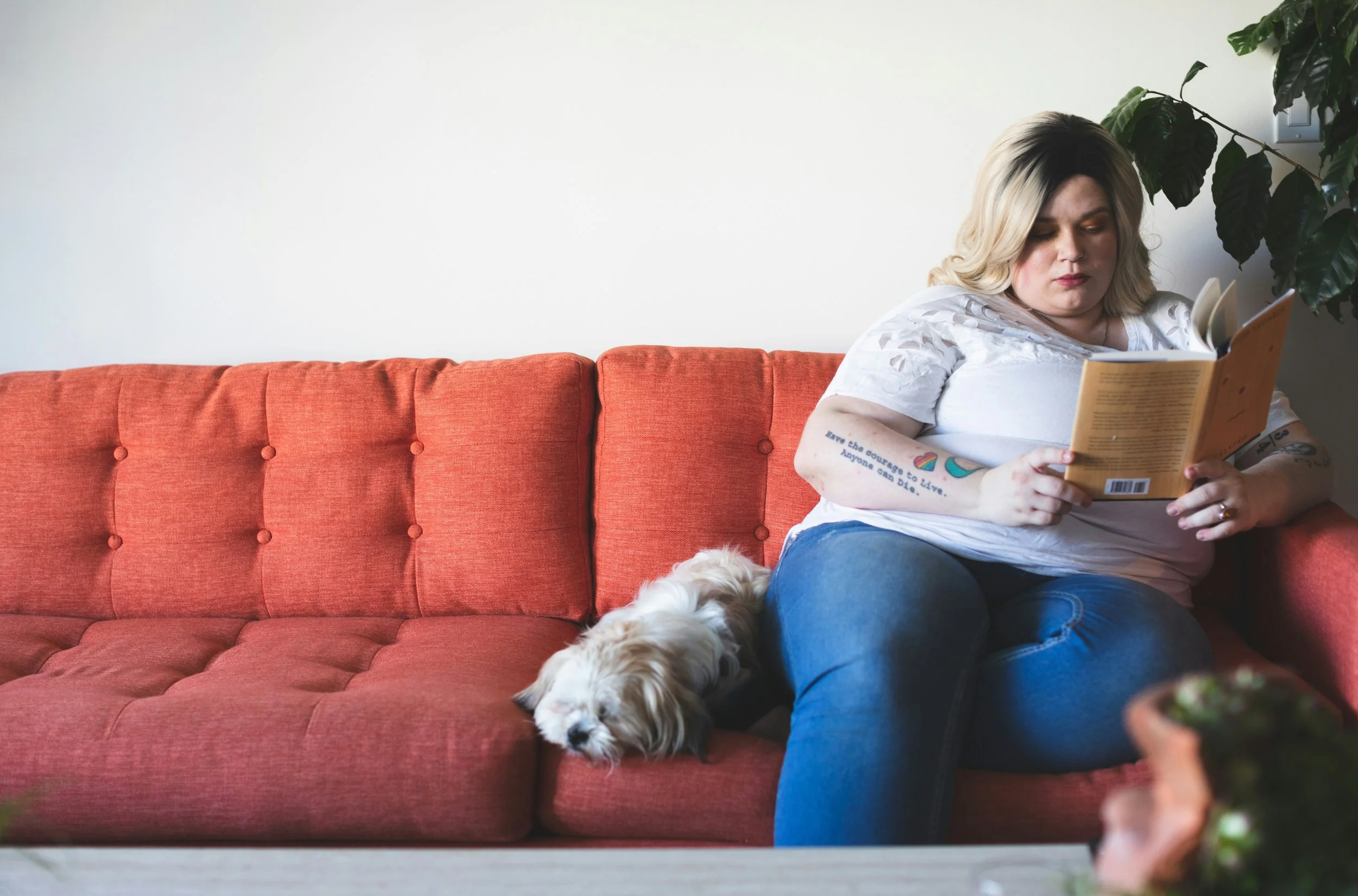Safety Planning Guide for LGBTIQA+ People
Part of the Queer Intimate Partner & Family Violence Resources series
A compassionate, practical guide to staying safe in relationships, homes, and systems that do not always protect us
Why Safety Planning Matters for Queer People
LGBTIQA+ people face distinct risks when it comes to family violence, intimate partner abuse, and systemic harm. Our identities are often used against us. The systems meant to protect us, like police, hospitals, housing services, immigration, and mainstream domestic violence programs, may misrecognise, criminalise, or exclude us.
This guide was created for people living in that complexity. It is for anyone wondering if what they are experiencing “counts” as violence, and for those who know they are unsafe but do not know what to do next.
You will not be told to leave. You will not be pushed to disclose or report. This guide offers options. It helps you build safety in the ways that make the most sense for your life.
Planning for safety does not have to be dramatic or final. You are allowed to make small, steady moves. Whether you are staying, leaving, waiting, or unsure, you deserve safety on your terms.
This guide is rooted in both sector best practice and lived experience. It draws from trauma-informed care, queer community knowledge, and a deep belief that safety is not something you must earn, it is something you deserve.
What Safety Really Means
Safety is not just the absence of violence. It is the presence of choice, voice, and freedom.
Safety can look like:
Having control over your time, space, and body
Being able to say no without punishment
Being recognised in your identity
Keeping your pets, belongings, and medication
Living in housing that feels stable
Speaking without fear of being shut down
You get to define what safety means to you. You are allowed to build plans that reflect your needs and priorities.
What Safety Planning Is (and Is Not)
Safety planning is thinking ahead to reduce harm and increase your physical, emotional, and psychological wellbeing. It is often used when someone is preparing to leave a violent relationship, but it is equally valuable when staying.
Safety planning is not:
A sign of failure
Only for people in obvious danger
A commitment to leave or report
Something you must get right the first time
Instead, it is:
A harm-reduction tool
A way to create more options
An act of autonomy
A form of quiet resistance
Your safety plan belongs to you.
If You Are Staying in the Relationship or Household
You may not want to leave. You may not be able to. You may love the person, rely on them, or be trying to survive day by day. These are not excuses. They are valid circumstances.
If you are staying:
Identify rooms in your home that feel safer. Avoid areas without exits or where weapons may be present, like kitchens or bathrooms.
Move toward an exit or neutral space when tension rises. Stay seated if the other person is standing, or slow your breathing to reduce escalation.
Create a code word, phrase, or emoji to alert a friend or support person if you are in danger.
Collect important documents gradually, including ID, medical records, prescriptions, bank cards, and phone chargers. Keep them hidden or with someone you trust.
Store emergency medication or gender-affirming care outside the home if possible.
Keep a list of support contacts written down or saved somewhere private and secure.
Consider preparing a go-bag with essentials and hiding it in a locker, friend’s house, or car.
You are not failing by staying. You are surviving.
If You Are Preparing to Leave
Leaving is often one of the most dangerous times. People who use violence may escalate when they sense a loss of control. Planning ahead can increase safety.
If you are preparing to leave:
Do not tell the person unless you are completely sure it is safe. Calm conversations can escalate quickly.
Identify one or two trusted people to support you. Ask them to be on standby or check in around your exit.
Secure a place to go. This might be a friend’s home, a crisis service, or temporary accommodation.
Pack a go-bag. Include ID, cash, medication, clothing, chargers, toiletries, and documents that confirm your address or identity.
Change all passwords and PINs. Update email, banking, health, and social accounts. Set up two-factor authentication.
Turn off location sharing on phones and apps. Ask a support service for help if you suspect surveillance or tracking.
Think through what happens next. This might include housing support, Centrelink, workplace safety planning, or accessing health care.
You do not need to leave perfectly. You just need to get to safety.
Involving Police or Legal Systems
For some people, police involvement can offer protection through intervention orders or documentation. For others, it increases danger or discrimination.
Police may help by:
Issuing safety notices or orders
Recording incidents for legal purposes
Connecting you to immediate services
Police may also cause harm by:
Arresting the wrong person
Misgendering you or invalidating your relationship
Escalating the situation or siding with the more “credible” person
Creating legal or immigration risk
If you call the police:
Ask for a support person to be present
Request a queer liaison officer if available
Document your interactions if safe to do so
Decide in advance when and why you would call them
This is your decision. You do not owe any system your story.
Community-Based Safety Planning
If you do not want to involve services, you can still create safety through trusted community.
You might choose to:
Build a small pod of friends, housemates, or colleagues who check in regularly
Talk to neighbours who can respond or intervene
Share copies of your ID, plan, or documents with a trusted person
Work with a queer therapist or peer support worker to co-create a plan
Connect with grassroots collectives that specialise in queer crisis response
You are not meant to do this alone. Safety grows through connection.
Digital Safety and Privacy
Technology can be both a tool and a risk. Take steps to protect your privacy.
Turn off location tracking in apps, settings, and shared services
Use private browsing or regularly clear your history
Avoid shared logins and remove linked recovery contacts
Set up a new email for sensitive matters with strong, unique passwords
Use antivirus or anti-stalkerware tools if you suspect your device is being monitored
Digital safety is part of your overall wellbeing. You have the right to protect your information.
If Others Depend on You
If you care for pets, children, or disabled loved ones, your safety plan may need to include them.
Arrange pet fostering if you need to leave
Identify childcare options or legal contacts for parental safety
Talk with your support network about shared responsibilities during transition
Create parallel safety plans that protect your dependents as you protect yourself
Keeping others safe is not your sole burden. It can be shared.
You Can Start Today
Your safety plan does not have to be long, detailed, or final. It can begin with a single number written down, a bag packed quietly, or a message sent to a trusted friend.
Every action that increases your options is a form of safety planning. It all counts.
Support Services
You do not have to do this alone. You do not have to wait for a crisis.
Rainbow DV Helpline (24/7): 1800 497 212
1800RESPECT: 1800 737 732
QLife (3pm to midnight): 1800 184 527
Local LGBTIQA+ mental health, health, or domestic violence organisations
A queer-affirming GP, therapist, case worker, or peer support person
There is support. There are options. You are allowed to ask for help.


